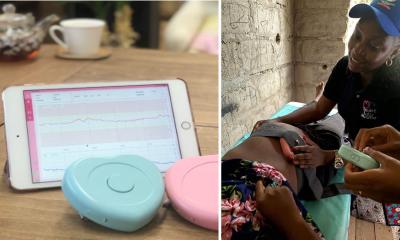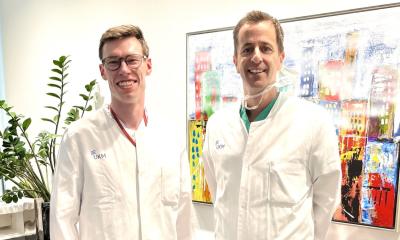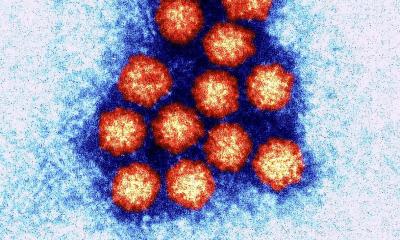DNA copying
Genetic machine pre-dates Henry Ford's production concept
Researchers have made a significant new discovery about how cells copy their genetic information accurately and efficiently to avoid cancers and other diseases.

Scotland - Researchers at the University of Dundee have made a significant new discovery about how cells copy their genetic information accurately and efficiently to avoid cancers and other diseases, according to a report in the scientific journal Cell (30/6/06).
Dr Tomo Tanaka, Professor Julian Blow, principal investigators in the Division of Gene Regulation and Expression in the University’s School of Life Sciences, with member Dr Etsushi Kitamura, discovered that, contrary to conventional views, the machinery that copies DNA stays fixed inside the cell whilst the DNA being copied has to move.
For the genetic information to be properly inherited, a cell must copy its DNA using a specialised ‘copying machine’ before it can divide into two daughter cells. It was originally thought that the DNA copying machine moves along the DNA as it is copied. Dr Tomo Tanaka said: ‘We can liken the process that we have discovered in cells to an assembly line for making cars, invented by Henry Ford and his engineers. It was a revolutionary idea in industry that products move along a line and engineers stay at fixed places to assemble them. This achieved much more accuracy and efficiency in manufacturing products.
‘Similarly cells can copy DNA accurately and efficiently by moving it through a stationary copying machine, rather than by moving the copying machinery along stationary DNA. Because errors in DNA copying cause human diseases such as cancers, it is crucial to understand how our cells organise the copying of DNA in space and time.’
Referring to cancer being caused by uncontrolled cell division and multiplication, Professor Angus Lamond, Head of the Division of Gene Regulation and Expression pointed out: ‘This latest advance is a wonderful example of how genetic research in Dundee is leading the way in understanding how cells divide and therefore helps us understand the basic causes of cancer. Future cancer treatments will build upon this improved understanding of what has gone wrong.’
Research for the study - ‘Live-cell imaging reveals replication of individual replicons in eukaryotic replication factories’ - was funded by Cancer Research UK.
Contact: Dr Tanaka. E-mail t.tanaka@lifesci.dundee.ac.uk/
Telephone: 01382 385814.
30.08.2006





